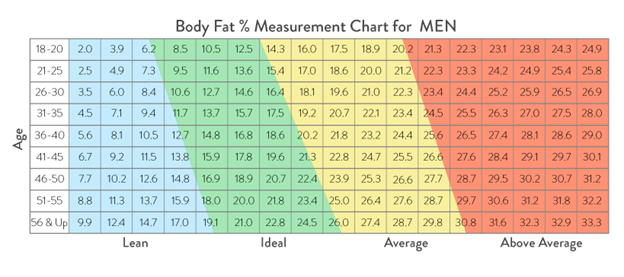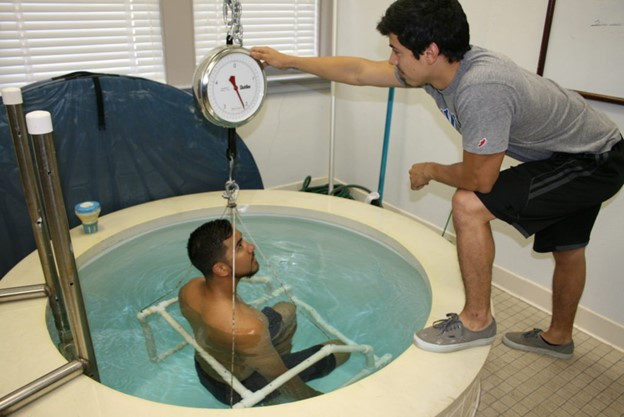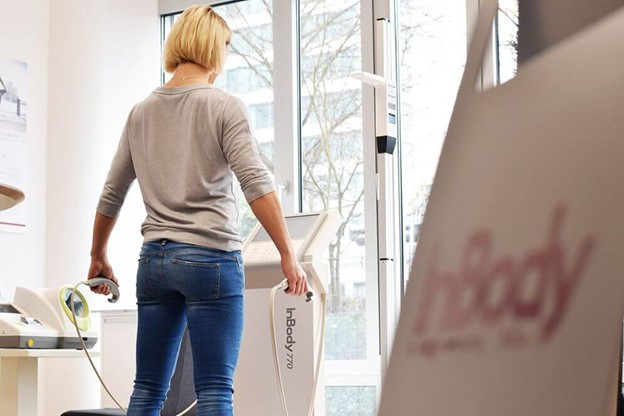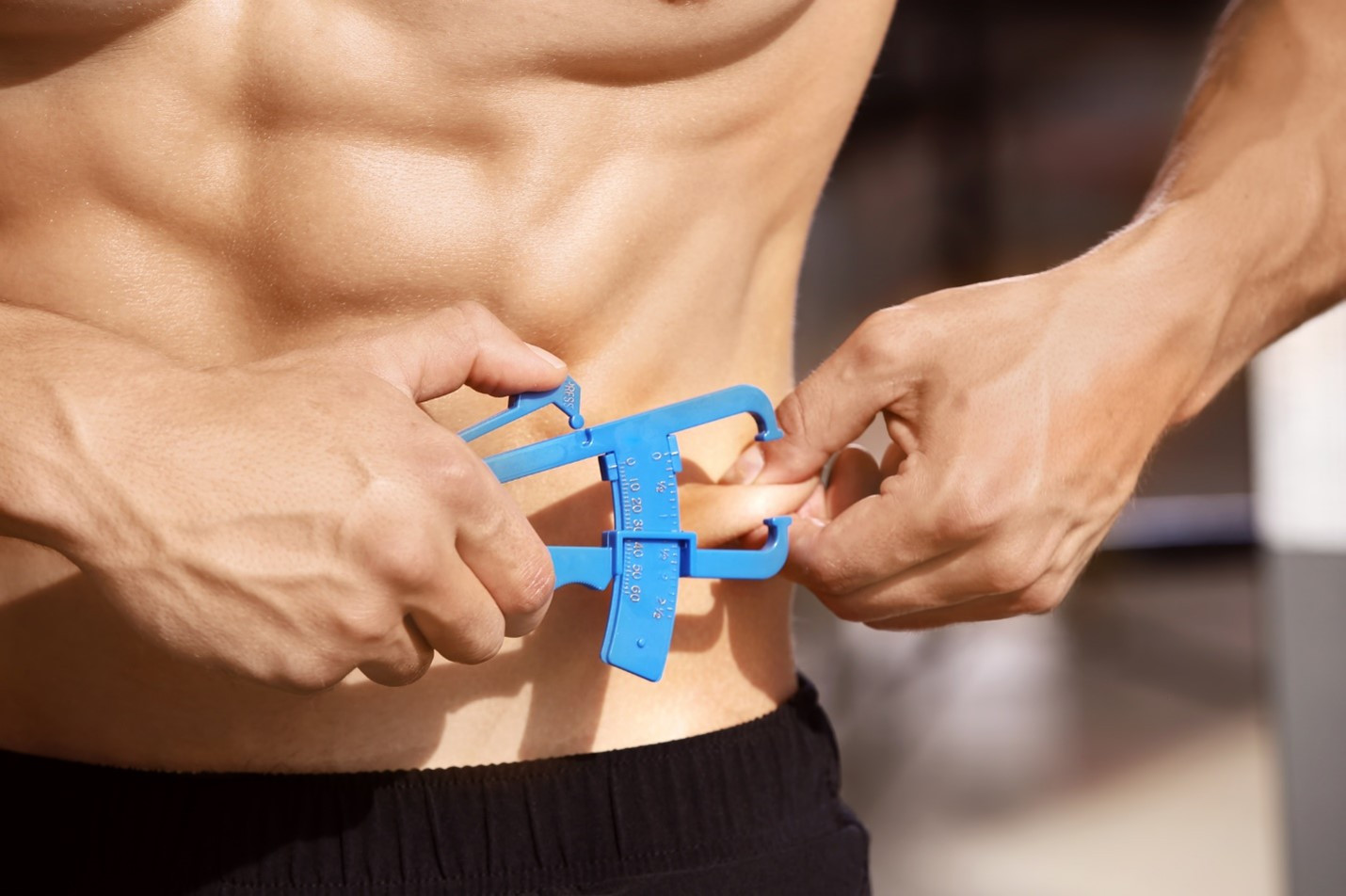Nutrition, Health
Welcome and thanks for visiting...

BMI – Body Mass Index Is It Outdated?

BMI or body mass index is a health measure that was first developed in 1830s by a Belgian astronomer. BMI has been used by fitness facilities, coached, physicians and health insurance companies since the 60s to estimate someone’s body fat and overall health. This is simply a measure of someone’s weight (in Kg) divided by the square of their height (in meters). This provides their percentage of body fat which is then used to determine if someone is underweight, normal weight, overweight or obese. There are BMI calculators on the internet or available in numerous fitness and health aps. Many life insurance companies use this calculation to determine your health risk which determines how much it will cost you for life insurance.

However, this method is majorly flawed and should not be how we determine the health status of any athlete. As a physical therapist and having spent 30+ years in the fitness and health care industry, I personally feel this old system of determining BMI is greatly flawed. I will use myself as an example. I am 52 years old; I am 5’8” and 205 lbs. When I do the traditional BMI calculation, my body fat percentage comes out as 31.2%. According to this, I am considered obese. If you are my insurance company or someone that has not seen me, what is the picture you have of me? What are going to be your recommendations for me? Go on a diet, start exercising or go see a fitness trainer? That said, I am someone who has worked out for 40 years, I weight train 5 days a week, do cardio 5 days a week and Brazilian Jiu Jitsu 5-6 days a week. My bodyfat is typically around 17%. This is the flaw. This calculation was based on a time where most of the population was similar. For athletes, we tend to carry lean body mass and sometimes on shorter frames.
Ideally, how percentage of body fat should be determined in an athlete is with one of three methods:
- Hydrostatic weighing – is a technique where there is a comparison of your weight on land and underwater. This is the gold standard for measuring body fat percentage and the most accurate however requires expensive equipment to do and is more time consuming.

- Electrical impedance – this is where you use a standardized device to measure body fat. Lean body mass and fat have varied in impedance, so passing a small current through the body allows the device, based on impedance, to determine the % body fat in comparison to % lean muscle mass. This is fairly accurate measure depending on the device that is used. Some are more accurate than others.

- Body caliper – this is a standardized device where you take measurements on various parts of the body (Chest, abdominal region, thigh – to name a few) and use these measures and a graph of normalized data (found in the American College of Sports Medicine Guidelines for Exercise Testing and Prescription) to determine percentage of body fat. This is a fairly accurate measure and is dependent on the examiner.

So, when thinking of BMI, to accurately determine percentage of body fat of your athletes, health or fitness, it is much more accurate to use the above three measures.





